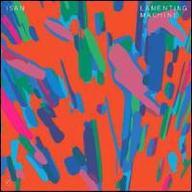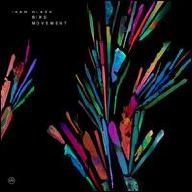Like many of their peers, ISAN (perhaps inadvertently) drew on the '70s and '80s electronic experiments of Hans-Joachim Roedelius, Jean-Michel Jarre, early new wave, and Brian Eno. Releases on indie-hybrid labels like Static Caravan, Liquefaction Empire, and Foundary -- among them several limited-edition and hard-to-find 7"s -- earned ISAN a crossover audience from the start. After issuing their full-length debut, Beautronics, in 1998, followed by the 1999 mini-album Digitalis, the group's profile got a boost when they contributed a remix of Seefeel's "When Face Was Face" to the Warp label's tenth anniversary release Remixes. Signing to Morr Music, later considered by the band to be their "spiritual home," ISAN released Salamander in late 1999. Studio album Lucky Cat appeared in 2001, and 2002's Clockwork Menagerie rounded up tracks from singles, splits, and compilations. Two more albums, 2004's Meet Next Life and 2006's Plans Drawn in Pencil, appeared during the decade, and a 2006 7" contained the duo's interpretations of Erik Satie's Trois Gymnopedies.
Saville remained in England and Ryan set up a base in Sweden, although the pair continued to tour and collaborate. A longer gap separated Plans Drawn in Pencil from its follow-up, 2010's Glow in the Dark Safari Set, although the warm analog melodies of their earlier material remained a staple. In 2016, ISAN contributed two songs to Rough Imaginary, a four-way split CD with A New Line (Related), R Elizabeth, and Paco Sala on the Home Normal label. The duo's eighth studio album, Glass Bird Movement, was released by Morr Music later in the year. The delicate, shimmering Lamenting Machine appeared in 2019. In 2020, ISAN released Nothing Picked and Placed Nowhere, consisting of a single 77-minute composition, as part of a yearly project to raise money for Médecins Sans Frontières. ~ Sean Cooper & Paul Simpson, Rovi


















